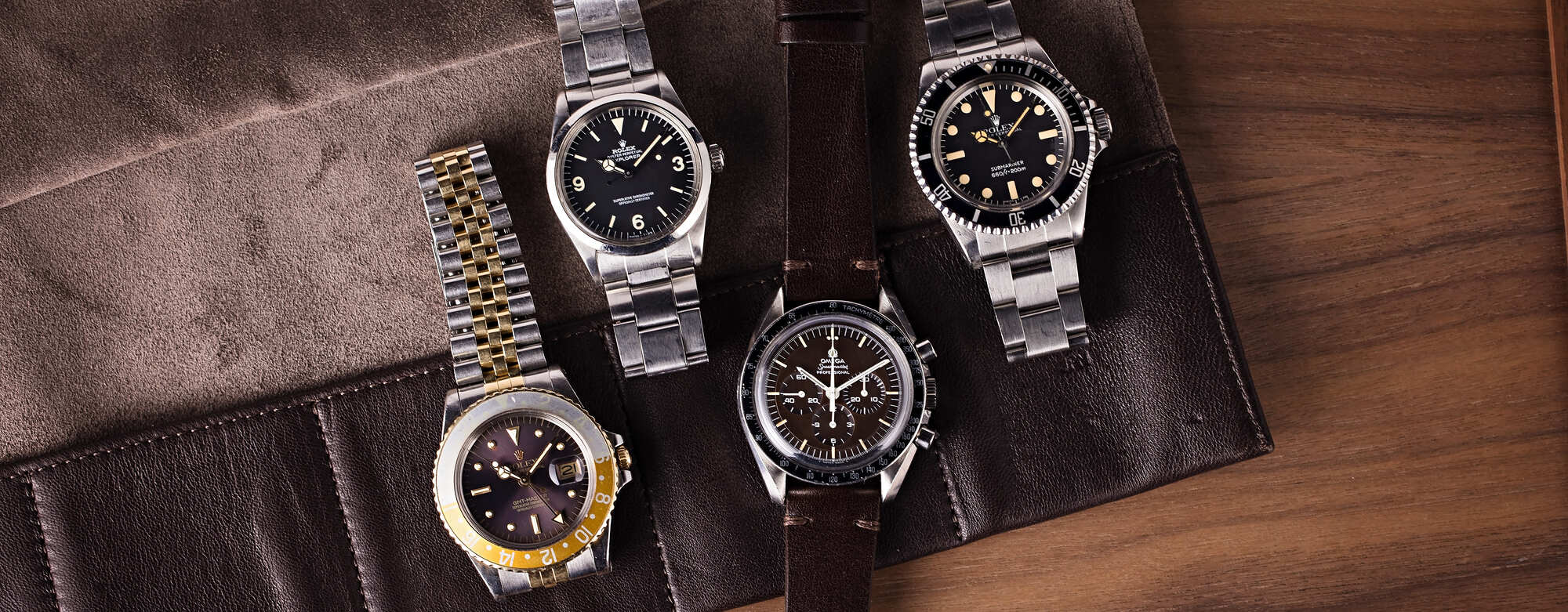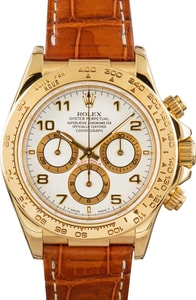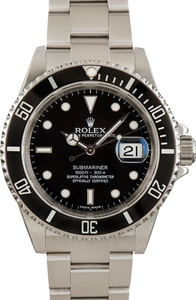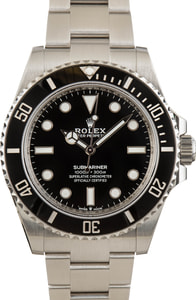When it comes to luxury Swiss watches, Omega and Breitling are two titans of the industry. Both brands have rich histories spanning over a century focused on innovation, precision, and style for the discerning watch connoisseur. While the two brands share similar pedigrees as pinnacle Swiss watchmakers, Omega and Breitling diverge in their histories, technical qualities, aesthetic designs, and styles.
Founded by the Brandt family in 1848, the Swiss watch brand Omega specializes in elegant everyday wear with stalwart models like the Seamaster and Speedmaster which highlight the brand’s adventurous spirit. Breitling traces its origins to 1884 with founder Léon Breitling focusing intensely on chronographs and aviation to match its vision for precise performance instruments for pilots and explorers. Both Omega and iconic Breitling timepiece collections exhibit impeccable Swiss craftsmanship and dedication to advancement in accuracy, complications, and introducing novel technologies like proprietary movements.
An Omega watch tends to have an understated look prioritizing symmetry and simple complexity while a Breitling loudly announces its aviation DNA with busy dials displaying its technical muscle. The Omega buyer seeks to make a quiet statement while the Breitling customer wants bold instrumentation on their wrist. And while Breitling focuses intensely on its proprietary aviation complications and connections to aviation feats, Omega flexes its in-house movement innovations spanning multiple collections from elegant dress watches to rugged dive watches to motorsport-inspired chronographs.
Breitling and Omega: Rich Swiss Histories of Innovation
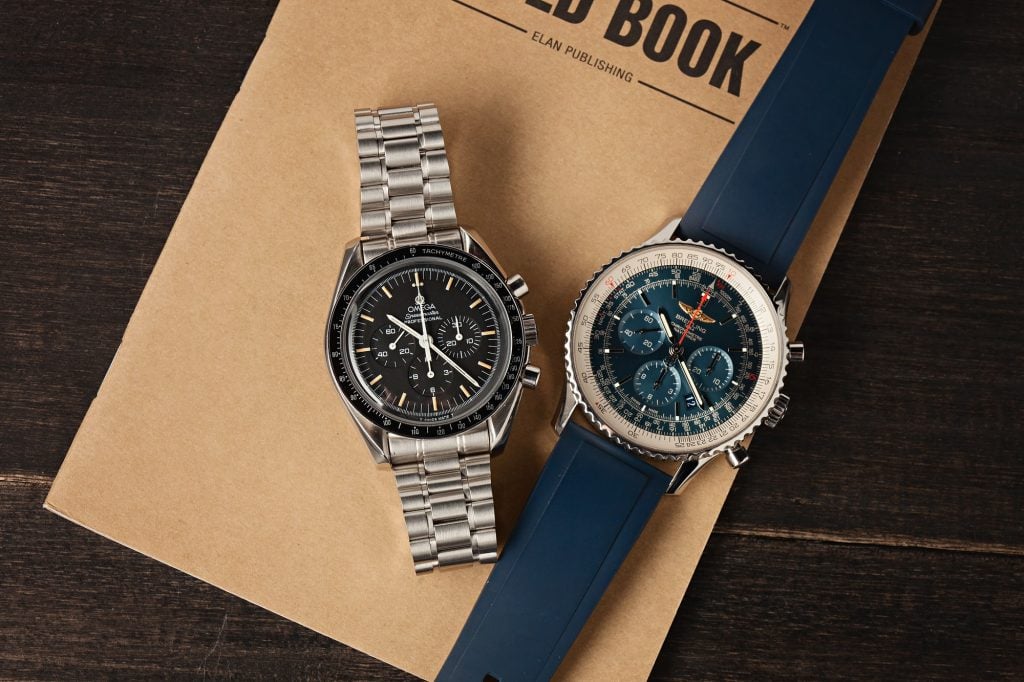
The Omega and Breitling brands share a similar Swiss heritage spanning over a century dedicated to advancing watchmaking and timing technologies. But while their philosophical approaches and histories share common ground, their pathways to becoming revered Swiss brands differed significantly.
Omega’s origins trace to 1848 when founder Louis Brandt began crafting pocket watches in La Chaux-de-Fonds, Switzerland. By leveraging innovative production like the world’s first minute repeater wristwatch in 1892, Omega grew rapidly in the early 20th century. Omega’s pioneering work in chronograph racing watches and achieving numerous precision records positioned it as a highly advanced Swiss watchmaker, including providing timing instruments for Olympic events.
When astronaut Buzz Aldrin stepped onto the moon in 1969, his trusted Omega Speedmaster watch became the first watch worn on the moon solidifying Omega’s reputation for reliable performance. Building off early innovations in movement development, Omega continues pushing watch engineering today with its proprietary Co-Axial mechanical movements as a staple of the brand’s quality.
In contrast to Omega’s broader approach, Breitling intensely focused its early years on aviation and chronographs. Founded by Léon Breitling in 1884 in Saint-Imier, Switzerland, Breitling carved its niche making timing instruments for pilots and supplying early aviator groups. An early innovator in the specialized field of chronographs, the Breitling Navitimer with its circular slide rule operation became a seminal pilot’s watch still made today.
Breitling later built out its reputation for aviation by partnering with groups like the Frecce Tricolori squadron and equipping famed flights like the first non-stop jet flight around the world in 1962. Continuing its aviation legacy, Breitling’s modern connections include featuring instruments in Virgin Galactic spaceships and partnering with the EDM music jet team. This aviation DNA remains an indelible part of the Breitling identity today.
While both Omega and Breitling stem from Swiss roots, their pathways and innovations throughout watchmaking history diverged to make each brand unique. Their differing approaches now define Omega’s versatility across complications against Breitling’s aviation focus – two compelling high-horology brands for collectors to consider.
Breitling vs Omega: Watchmaking and Technical Prowess
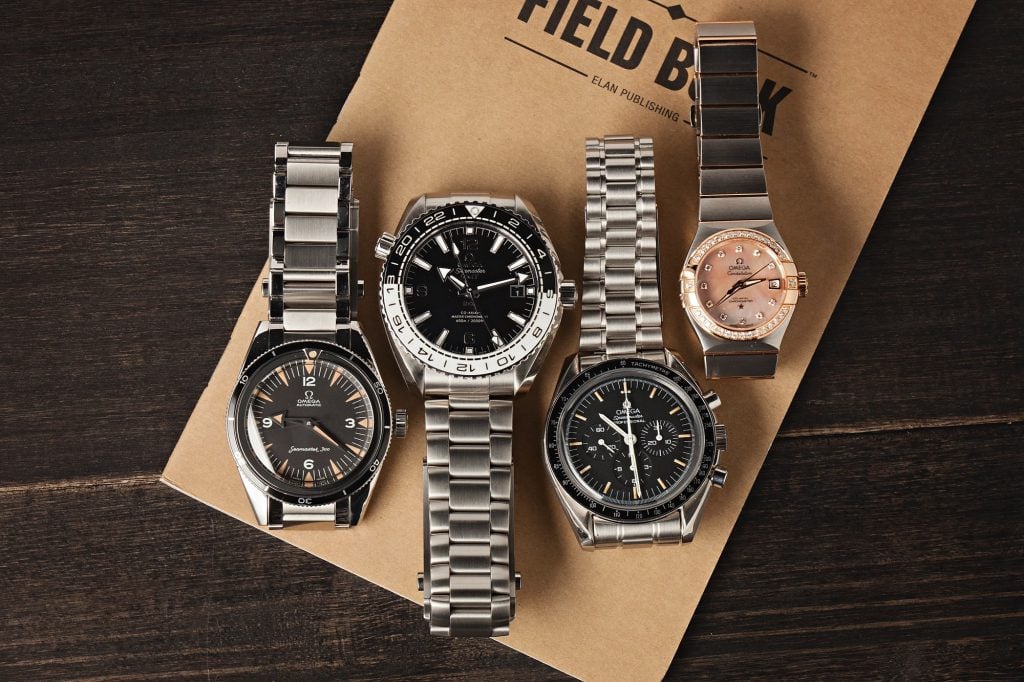
When evaluating Omega and Breitling timepieces, understanding their mechanical capabilities and horological innovations reveals key strengths and philosophical differences between the brands. From movements to complications to functional roles, the watchmaking craftsmanship distills what defines Omega and Breitling.
At their core, both Omega and Breitling rely on base Swiss ETA movements which they build upon with modifications and in-house calibers. Omega supplements its modified ETA movements with leading proprietary Co-Axial escapements offering reduced friction and longer service intervals. Alongside this key innovation, Omega manufactures Master Chronometer-certified movements acclaimed for their accuracy and magnetic resistance.
Breitling focuses more intensely on functionality for aviation relying primarily on ETA base movements with its refinements tailored for cockpits. As instruments for flight, careful attention is paid to chronograph precision and logarithmic slide rules able to handle navigation calculations in frictionless rotating bezel systems.
For complications, both Omega and Breitling present robust options like chronographs, GMT second time zones, and diving bezels suited for sporty undertakings on sea, land, or air. Omega also produces elegant complications like annual calendars and lunar phase displays on thinner dress watch profiles. As an aviation brand, Breitling omits more ornate complications but offers robust multi-timer aviation slide rules.
In form and functionality, Omega represents a convergence of polished versatility and performance across different lifestyle complications. Breitling prides itself on aviation heritage with its chronographs intensely optimized for flight through busy analog interfaces. For the buyer, Omega provides refined Swiss luxury while Breitling promises aviation-grade tool watch precision.
Despite sharing Swiss roots, the innovations distilled into Omega and Breitling timepieces demonstrate different philosophies. With Omega’s proprietary Co-Axial escapements and Master Chronometer certifications to Breitling’s aviation slide rules and Navitimers, collectors have compelling but distinct options to consider when evaluating these brands.
Breitling and Omega Design: Elegance Meets Aviation
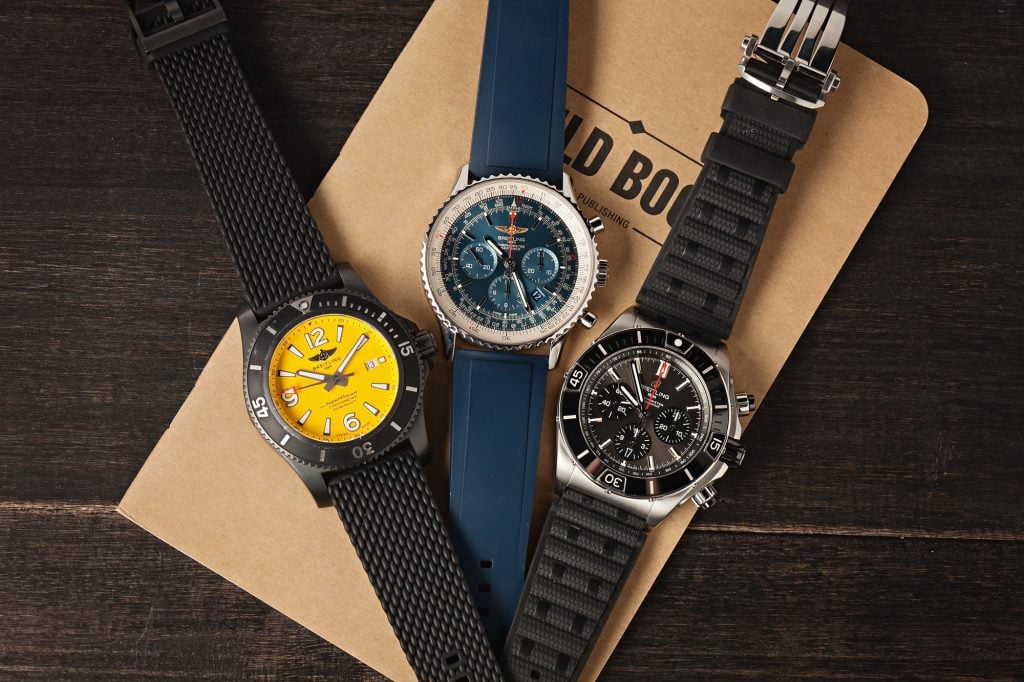
Beyond mechanical capabilities, luxury watches also make emotional connections through styling and design for the discerning collector. Comparing Omega and Breitling aesthetics reveals two distinct approaches to visual flair that complement Swiss precision.
As an aviation tool watch brand, Breitling unapologetically embraces the technical look with busy dials accentuating its functionality. The Breitling style draws inspiration from cockpit instrumentation panels overflowing with timers, tachymeters, slide rule scales, and raw exposed gears.
Design takes cues from aviation feats like the circular Navitimer slide rules used in early plane navigation and continues today as a signature. Luminescent markings and knurled or rubberized bezels reinforce Breitling’s gritty durable tool watch aesthetic. For aviation and motorsport aficionados, the aggressive Breitling style acts like equipment for the wrist.
When asking if Breitling is a good watch, the answer is a resounding yes for those who appreciate its aviation focus and technical prowess. Breitling’s commitment to precision, innovation, and functionality in the realm of pilot watches and chronographs is unparalleled. The brand’s history of supplying timing instruments to aviators and its continued partnerships with aviation groups speak to its dedication to creating reliable, high-performance timepieces.
In contrast, Omega adopts a more refined and versatile design approach across its collections spanning dressy and sporty profiles. Clean symmetrical dials with flowing lines and reserved markings characterize models like the Omega De Ville Prestige model. Vintage styling on models like the Seamaster 300 pay homage to earlier diving watches.
While sportier models like the Speedmaster Chronograph and Seamaster showcase more complex dials, Omega design tends to integrate its functions elegantly without overpowering the dial. Compared to Breitling’s rugged tool watch vibe, Omega attains a versatile polish working from dive watches to formal attire.
For prospective buyers debating Omega and Breitling, personal style preferences likely make one stand out over the other. Breitling flawlessly channels aviation and hardware vibes on the wrist – busy markers and telemetric scales display its technical mastery. Omega offers luxury refinement from elegant dress styles to motorsports chronographs, and versatility across complications without compromising Swiss watchmaking traditions.
Breitling vs Omega: Pricing Factors and Investment Value
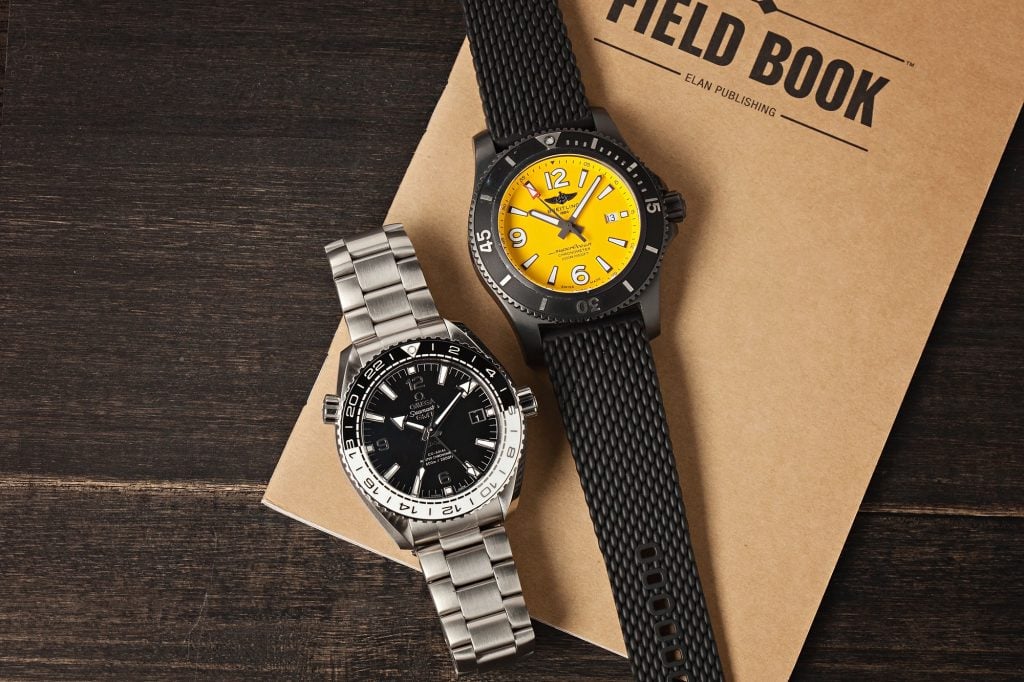
With luxury Swiss pieces fetching five- and six-figures, price plays an important role when evaluating watch purchases spanning Omega and Breitling. Both Swiss makers produce compelling high-end models but understanding resale value retention assists buyers in navigating investment potential.
At retail, Breitling and Omega collections overlap across multiple price tiers from a few thousand dollars for entry Swiss movements to tens of thousands for precious metal cases and exotic complications. Broadly, Breitling Aviation models skew higher given intense focus on complex multifunction chronographs. Omega offers more diversity from affordable quality Swiss movements to METAS-certified Master Chronometers.
Analyzing the pre-owned market reveals Omega holds value slightly better long-term. Iconic Omega sport models like the Speedmaster Moonwatch and Seamaster 300 command solid premiums decades later as collectibles. As a versatile brand, Omegas spanning dressy, diving, or racing complications see relatively consistent demand when reselling.
As aviation instruments, Breitling retains strong value around core Navitimer and Chronomat lines coveted by pilots. But outside key aviation models, Breitling niche functionality causes some saturation at resale. Premium for aviation heritage narrows potential buyers relative to Omega’s versatile styling. However scarcer earlier Breitling models like vintage Navitimers fetch impressive auction value.
For the buyer weighing luxury watch investments, Omega delivers better stability and gradual appreciation over decades. Breitling niches deeply in aviation which polarizes – aviation models bring intense collector value while others lose ground easier to Omega’s versatility. Ultimately both remain pedigree Swiss brands retaining premium quality and craftsmanship.
Breitling Aviation Focus or Omega Versatility
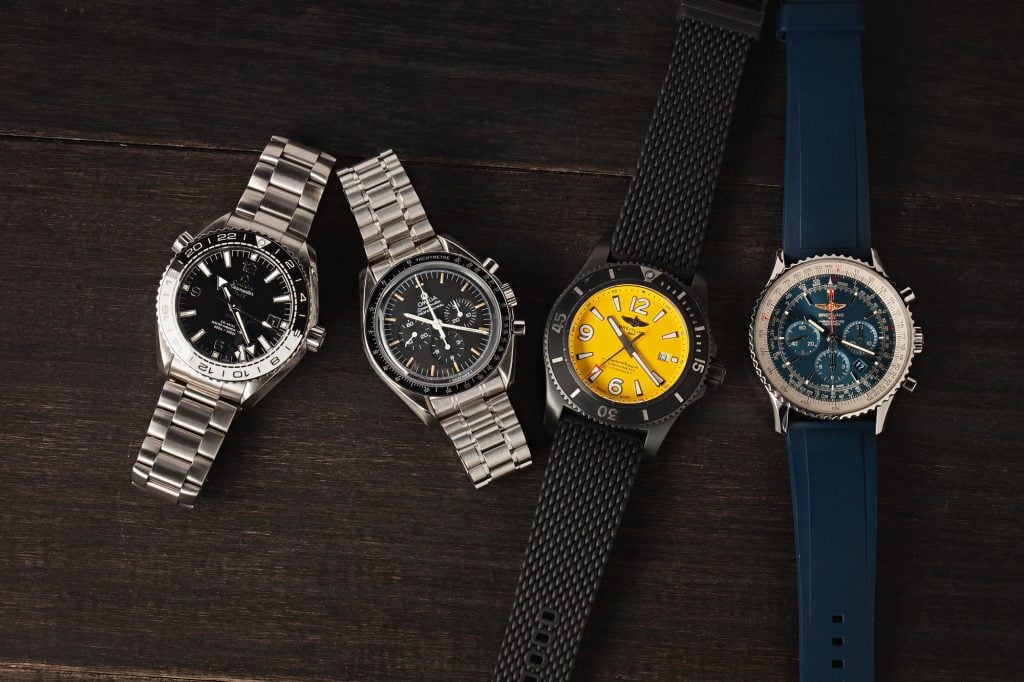
In the world of luxury watches, Omega and Breitling represent two compelling brands blending innovation, style, and prestige for discerning collectors. Both watchmakers push Swiss craftsmanship to new heights in terms of precision, mastery of complications, and continually advancing watchmaking.
Yet key distinctions in history, mechanics, design, and pricing make Omega and Breitling more suited to different personalities and lifestyles. Omega prides itself on diversity – its watch collections span dress styles, diving sports, and motorsports all backed by cutting-edge Co-Axial escapements and Master Chronometer certifications. For the buyer seeking versatility between work and play, Omega provides quality suitable from the boardroom to the racetrack.
In contrast, Breitling intensely focuses its aviation DNA as an instrument brand optimized for flight and technical environments. The brand pioneered innovations in chronographs and slide rule complications tailored specifically for aviation and space exploration feats rather than wide lifestyle appeal. For fliers, explorers, and technical aficionados gravitating towards tool watches, a Breitling chronograph appeals directly to their passions.
While the two brands take distinctly different philosophical approaches, Omega and Breitling remain hallmarks driving Swiss watchmaking into the 21st century. Savvy collectors would be remiss ignoring either brand. But personal styles, intended use cases, and investing goals should determine which Swiss titan best fits one’s wrist. For those still undecided between their strengths, the fortunate collector always has the option…to purchase both!



